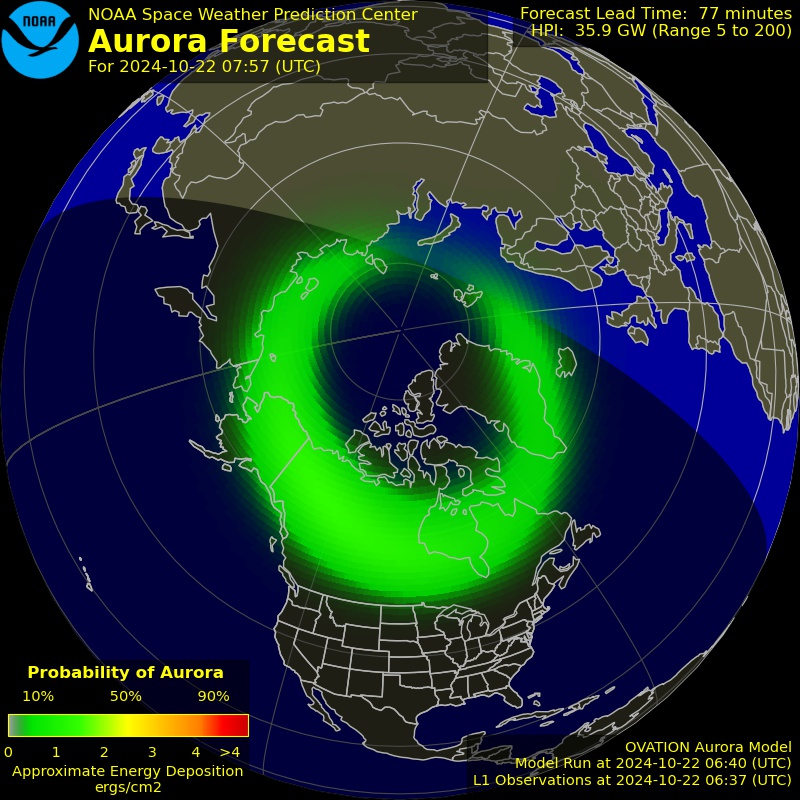Electromagnetism (Light)

Amateur radio is a hobby that allows enthusiasts to make use of radio communications in and experiment with electromagnetic (EM) waves in the radio frequency part of the electromagnetic spectrum (about 3 Hz to 300 GHz). Some hobbyists experiment outside of the regulated radio spectrum - for instance they experiment with visible or infrared light. EM physics applies universally across the EM sprectrum. Fundamentally, amateur radio is the use of radio waves to communicate with other amateur radio operators - in non-commercial activities. One masters the way in which radio waves propagate in order to achieve communications links. These techniques have application in the commercial sector - but the amateur radio service itself is non-commercial.
There are legal conditions attached to an amateur radio licence as there is a great deal of responsibility attached to being allowed to operate on these bands. The amateur radio service is by law not for profit and not commercial. Radiowaves can be made to bounce off the upper atmosphere or celestial objects - resulting in interesting modes of propagation and communications being established all over the world without any infrastructure (such as the Internet). The possible applications are only limited by the constraints of imagination.
Quite often amateur radio plays a role in emergency communciations because much of the equipment is privately owned and functions independently of existing infrastructure. The amateur radio service is resilient. In disaster situations, amateur radio is usually the first means of communicating with affected areas (e.g. Hurricane Katrina, the 2004 Indian Ocean Tsunami or the 2011 Tōhoku Earthquake and Tsunami).
Somewhat Technical
Generally a very basic high school level of understanding of science is all that is needed. There is no age limit (lower or upper). Visually impaired persons can be accommodated and are quite adept at the use of Morse Code.
While a basic level of knowledge is necessary for passing the exams and getting licensed, one should not be put off by this.
Some might see "HAM Radio" as being archaic or old fashioned. It is not and the hobby incorporates computers, internet, satellites, advanced signal processing techniques and state of the art techology. Indeed many an IT professional has realized the allure of the hobby. Physics is physics regardless of its application in the amateur radio service or in its application in other areas...
A Hobby Limited by Imagination
The limits of amateur radio are only constrained by one's imagination. For many this hobby is a stepping stone into becoming a technologist or engineer or scientist. Here is a list of some of the activities that the members of the Yellowknife Amateur Radio Society have engaged in:
- contests (national and international);
- antenna design and construction;
- radio direction finding (Fox Hunting/ARDF) (cross between direction finding and orienteering);
- emergency preparedness planning and exercises;
- amateur radio astronomy and astronomy;
- observing atmospheric phenomena (RF propagation, solar noise, effects of aurora);
- computer programming;
- digital signals and modes of communications;
- very weak signals;
- study of the weather (thunderstorms, refraction of light in ice etc.);
- satellite tracking and communications;
- electronics, building of radios and test equipment, lasers, microwaves etc.;
- website design;
- bookkeeping;
- desktop publishing.
Going Global
To get a better flavour of the hobby, one might try any of the following:
- Radio Amateurs of Canada;
- Radio Society of Great Britain;
- REF-Union (France);
- American Amateur Radio Relay League;
- eham.net;
- Institute of Electrical and Electronics Engineers (IEEE).


